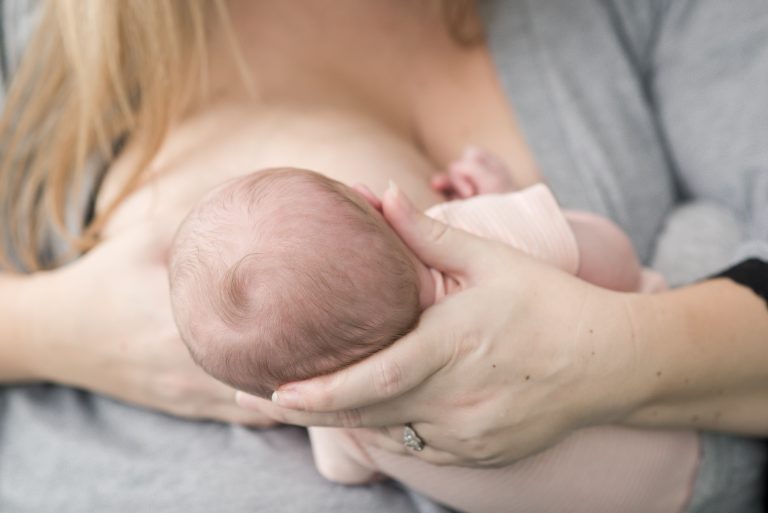Why Do Moms Hold Babies On The Left More Often?
 Particularly in the early weeks of an infant’s life, it is said that mothers tend to cradle babies more on the left.
Particularly in the early weeks of an infant’s life, it is said that mothers tend to cradle babies more on the left.
Many have long assumed that handedness determines how you hold your baby. So, right handed mothers will tend to hold their baby on the left to ensure their leading hand is free….and as there are more right-handers in the world than left, you naturally tend to find more babies on the left.
That kind of practicality makes sense right? Except, I’m a leftie and have always held my littles on the left hand side too!
Fascinating new research suggests that baby positioning is actually down to how our brains are wired.
It’s all to do with the two completely different sides of our brain you see. The right hand side of a mammal’s brain is responsible for processing social cues, relationship building and also receives signals from the left eye. Some researchers therefore think that moms will keep their littles on the left so they can better monitor, and connect, with that all important left eye.
As a child grows stronger, less vulnerable and more independent, this left positioning by mom can change says scientists.
However, it’s not just mom that has a preferred side – little mammals on the move prefer to keep their mom on one side also. The left. A team from the University of Tasmania, Australia, studied 11 wild animals – including horses, sheep, walruses and even whales – and recorded nearly 11,000 position choices for 175 mom-infant pairs.
Around 75% of the time, the littles wanted mom on the left! Because keeping mom on their left meant they are better able to keep track of her, not get left behind and therefore increases their chance of survival.
However, a threat reverses roles says the lead researcher, Janeane Ingram: “Infants keep their mother on their left in normal situations such as moving forward or suckling,” she says. “But when faced with stressful situations such as when fleeing, mothers prefer their infant on their left side so they can better monitor them,” Left is mama’s protective mode.
They say this research could have great implications in studying development disorders associated with reduced eye contact between mother and infant, such as autism spectrum disorder.
The human body never ceases to amaze us. We are one heck of a design plan the way our bodies work aren’t we? Remarkable. Go, Mother Nature!
The full story on the research can be found here.





